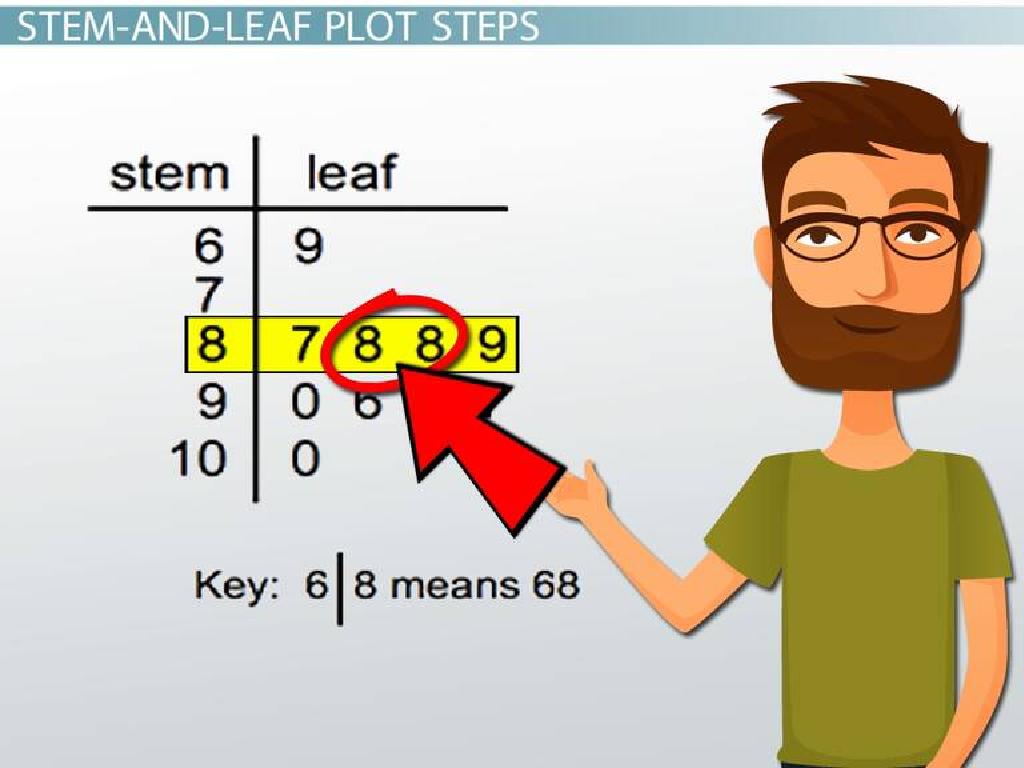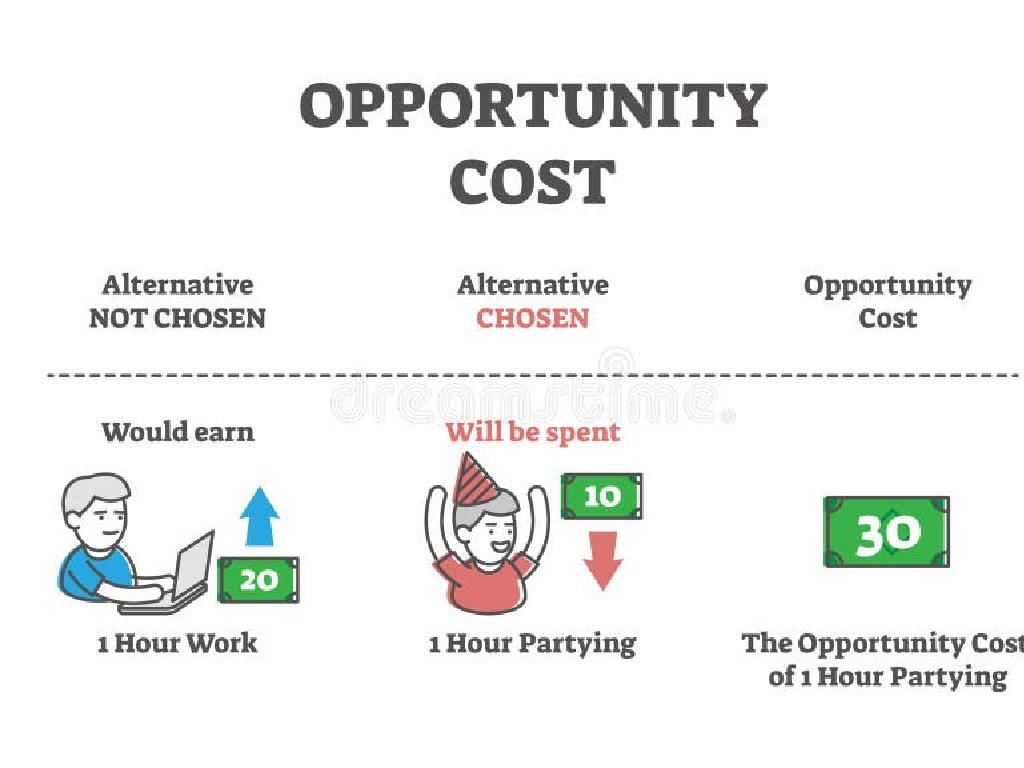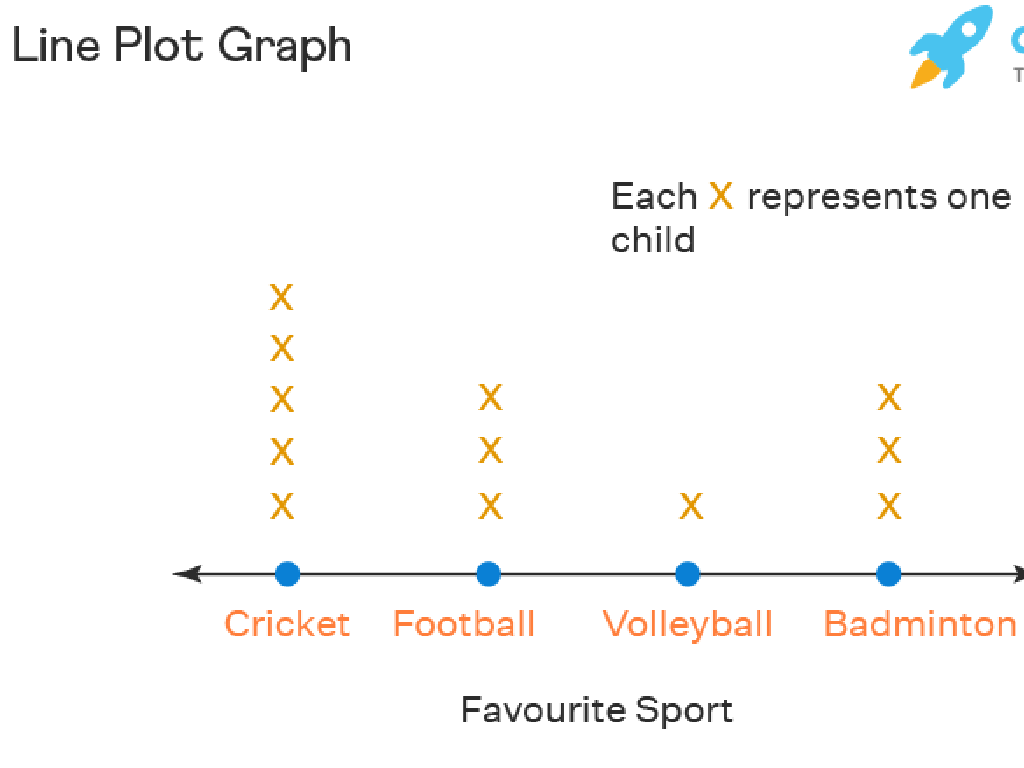Interpret Food Webs Ii
Subject: Science
Grade: Fifth grade
Topic: Ecosystems
Please LOG IN to download the presentation. Access is available to registered users only.
View More Content
Understanding Food Webs in Ecosystems
– Recap of Food Chains
– A food chain shows a direct feeding relationship.
– Introducing Food Webs
– Food webs show how plants & animals are interconnected.
– Food Webs vs. Food Chains
– Food webs illustrate multiple feeding relationships.
– Significance of Food Webs
– They demonstrate biodiversity and stability in ecosystems.
|
Begin with a brief review of the previous lesson on food chains, emphasizing the linear flow of energy from one organism to another. Introduce food webs as a more complex system that better represents the numerous feeding relationships in an ecosystem. Highlight the differences between food chains and food webs, noting that while food chains are simple and direct, food webs show the interconnectedness and interdependence of organisms. Discuss the importance of food webs in illustrating the concept of biodiversity and the stability it brings to ecosystems. Encourage students to think of an ecosystem as a web of life where each strand is crucial to the overall structure and health of the environment.
Components of a Food Web
– Producers: The Energy Starters
– Plants use sunlight to make food via photosynthesis
– Consumers: Various Feeding Roles
– Herbivores eat plants, carnivores eat meat, omnivores eat both
– Decomposers: Nature’s Recyclers
– Break down dead organisms, returning nutrients to soil
– Interdependence in Ecosystems
|
This slide introduces the basic components of a food web, which is a more complex version of a food chain. Producers, like plants, are the foundation of the food web, creating energy through photosynthesis. Consumers are categorized based on their diet: herbivores eat plants, carnivores eat other animals, and omnivores consume a mix of both. Decomposers, such as fungi and bacteria, play a crucial role by breaking down dead organisms and waste, recycling nutrients back into the ecosystem. Understanding these roles helps students grasp the interdependence of organisms within an ecosystem. Encourage students to think of examples for each category and discuss how they all contribute to the balance of nature.
Interconnections in a Food Web
– Every organism has a role
– Producers, consumers, decomposers all have specific functions.
– Effects of species removal
– Removing one species can disrupt food sources for others.
– Maintaining ecosystem balance
– A balanced ecosystem supports the survival of all species.
– Importance of biodiversity
– Biodiversity ensures ecosystem resilience and health.
|
This slide aims to teach students about the complex interconnections within a food web and the importance of each organism within an ecosystem. Start by explaining the roles of different types of organisms: producers (like plants), consumers (animals that eat plants or other animals), and decomposers (organisms that break down dead material). Discuss the potential ripple effects that can occur if one species is removed, such as a predator or a key plant species, and how this can lead to imbalances. Emphasize the importance of maintaining a balance in the ecosystem, where each species plays a part in the health and stability of the environment. Highlight the concept of biodiversity and how a variety of life forms contributes to the resilience of an ecosystem, helping it to withstand changes and disturbances.
Case Study: The African Savanna Ecosystem
– Identify Savanna Producers
– Grasses and Acacia trees are key producers.
– Recognize Savanna Consumers
– Herbivores like zebras are consumers; predators like lions are secondary consumers.
– Discuss organism roles
– Each organism has a role, like pollination or food source.
– Hypothesize elephants’ absence
– Elephants help maintain the savanna; without them, the ecosystem could change drastically.
|
This slide introduces students to the complex food webs of the African Savanna. Start by identifying producers, such as grasses and trees, which are the foundation of the food web. Then, move on to consumers, including herbivores like zebras and giraffes, and predators like lions. Discuss the importance of each organism in the ecosystem, emphasizing their roles and interdependence. Finally, explore the impact of removing a key species, such as elephants, from the ecosystem. Elephants are known as a keystone species because they shape the environment in a way that benefits other species. If they disappeared, it could lead to overgrowth of certain plants and reduce biodiversity. Encourage students to think critically about the balance of ecosystems and the consequences of changes within them.
Create Your Own Food Web Activity
– Select an ecosystem to explore
– List organisms you might find there
– Include plants, herbivores, carnivores, omnivores, and decomposers
– Draw the food web connections
– Show who eats whom with arrows
– Understand each relationship
– Predators, prey, and the flow of energy
|
This activity is designed to help students apply their knowledge of ecosystems and the relationships between organisms within a food web. Students should choose an ecosystem they are interested in, such as a forest, ocean, or desert. They will then brainstorm and list various organisms that inhabit their chosen ecosystem, including different types of plants and animals. Next, they will draw these organisms and use arrows to connect them, illustrating who eats whom in the food web. This visual representation helps students understand the complex interdependencies in an ecosystem and the flow of energy from one organism to another. Encourage creativity and ensure they include a variety of organisms to represent a balanced food web. As a follow-up, students can discuss the importance of each organism in maintaining the ecosystem’s balance.
Class Activity: Building a Classroom Food Web
– Each student is a different organism
– Connect with string to show food links
– Observe effects of removing an organism
– What happens if one species is removed?
– Discuss the importance of each species
– Why is every organism important in a web?
|
In this interactive class activity, students will each represent a different organism within an ecosystem. Using string, they will physically connect themselves to other ‘organisms’ they either eat or are eaten by, creating a visual and tangible food web. This will help them understand the complex interdependencies in an ecosystem. The activity will also involve an exercise where one ‘organism’ is removed from the web, allowing students to visualize the impact of this change on the entire system. Discuss with the students why each organism, no matter how small, plays a crucial role in the health and stability of the ecosystem. Possible organisms to include are plants, insects, birds, and mammals. This will foster a deeper understanding of biodiversity and the importance of conservation.
Reflection on Food Webs in Ecosystems
– Importance of food webs
– They show how plants & animals are connected.
– Human impact on food webs
– Pollution & habitat destruction can disrupt food webs.
– Discuss today’s activity
– Share personal thoughts
|
This slide aims to encourage students to reflect on the interconnectedness of organisms within an ecosystem and understand the role of food webs. Discuss why food webs are crucial for the survival of all species, as they illustrate the flow of energy and nutrients. Highlight how human activities like deforestation, pollution, and overfishing can have detrimental effects on these delicate systems. Facilitate a discussion on the day’s activities, asking students to share what they learned and their opinions on the topic. This will help reinforce their understanding and allow them to express their thoughts on the importance of preserving natural food webs.
Homework: Explore Your Local Ecosystem
– Research a local ecosystem
– Create a food web diagram
– Draw arrows to show who eats whom
– Include producers, consumers, and decomposers
– Plants, animals, insects, and microorganisms
– Present your food web in class
|
This homework assignment encourages students to engage with their local environment and apply their knowledge of food webs practically. They should choose any nearby ecosystem, such as a park, garden, or pond, and identify the various organisms within it. Students will create a food web diagram, illustrating the flow of energy from producers (plants) to consumers (animals) and decomposers (fungi and bacteria). Emphasize the importance of each organism in maintaining the balance of the ecosystem. In the next class, students will present their food webs, explaining the relationships between the organisms. This will help reinforce their understanding of the interconnectedness of life and the role of food webs in ecosystems.





